Jose Zambrano, the owner and chef of Girasoles, a Mexican-Mediterranean fusion restaurant on Greensboro Highway in Watkinsville, Georgia, said that he came to the U.S. at 16 years old looking for opportunity.
After working for seven years as a dishwasher and cook at Chanteclair, a former French restaurant in Irvine, California, Zambrano said he was the first cook for two years at Il Fornaio, an Italian restaurant in the same town.
He knew that he wanted to create his own fusion restaurant when he created a variety of food as the head chef at a Hilton hotel in Carson, California, for 11 years. In 1998, Zambrano moved to Georgia, where he created Girasoles years later.
This fusion of food finds its home in a place where the majority of the population has a different cultural identity than Zambrano. Despite this, he wants to make dishes that are his own creation and that satisfy his customers’ requests.
Why It’s Newsworthy: According to Kittler, Sucher and Nelms, the U.S. population has grown toward “cultural plurality” since the 1970s. Cultural plurality describes a population in which there is not a single ethnic group that makes up the majority. While the population in Watkinsville, Georgia, does not reflect this trend, Zambrano’s restaurant provides diverse food for this community.Food Traditions Differ in Mexico and the U.S.
In America, the food is not wild like it is in Mexico. Zambrano said the cows in Mexico are not as big as the cows in the U.S. because they do not receive medicine. According to him, the cows in Mexico provide natural meat to the community.
Zambrano said he grew up in San Antonio Guaracha, Mexico, where his family had a tradition of eating menudo soup, a meal traditionally made with cow stomach, every Sunday morning. For him, this dish does not taste the same on any other day of the week, so he cooks the soup at Girasoles on Sundays by customer request. Some customers enjoy menudo soup while others say it is too chewy.
After attending church on Sunday evenings in Mexico, he said his family would go to the plaza to buy a variety of food from different vendors. They would eat together, and even when the family ate meals at home, they would all sit around one table.
Meals usually consisted of beans, rice, wild vegetables, corn and several other foods. When his father was a butcher, they had meat often, and he said that he occasionally killed birds for the family to eat.
“We love it,” Zambrano said of his culture’s traditional cuisine. “We enjoy it because that’s the way we grew up.”
Food Created through Fusion
Girasoles may have a combination of food from around the world, but Zambrano chose this name, meaning “sunflowers” in Spanish, as it reflects his childhood in Mexico. As a sunflower turns based on the sun, he said that he can cook any dish his customers desire.
He said that he wants his customers to feel at ease, and he often creates off-menu dishes based on customer requests from any culture. If a customer tells him which ingredients to use and how a dish is typically made, he said that he will make it for them.
People are surprised when I say, order whatever you like,” Zambrano said. “We’ll never say no.”
Nancy Hightower, a two-time customer at Girasoles, said she did just that when she visited the restaurant for dinner with her husband. Zambrano recreated a former menu item upon their request on their second visit as well as two other dishes. Although Hightower said she did not learn about Zambrano’s background or cultural heritage at the restaurant, she said that she enjoyed her experience at Girasoles.
Besides his regular restaurant hours, Zambrano said that he teaches private cooking classes on Saturdays based on customer requests. He mentioned that he leaves it up to the customer to decide what they want to learn to make.
Whether customers want to learn how to make an American or an ethnic dish, these classes can be an opportunity to learn about new types of food.
According to Zambrano, classes are $85 per person, per class and are two and a half hours long. People who are interested in learning to cook a certain dish can call 706-310-0410 to request a class.
Food Impacts Cultural Identity
Just as Zambrano’s heritage from Mexico influenced the creation of his restaurant, food, traditions and people in different countries and regions across the globe help to shape a person’s personal and cultural identity.
According to “Food and Culture, Sixth Edition” by Pamela Goyan Kittler, Kathryn P. Sucher and Marcia Nahikian Nelms, “Eating is a daily reaffirmation of cultural identity.”
Watkinsville, Georgia, has a population of only 2,832 people, 87.6% of whom are white residents, according to the U.S. Census Bureau in 2010. The Mexican population in Watkinsville makes up 2.8% of the total population, making Zambrano’s cultural identity different than the majority of the people in his city.
Although the U.S. Census Bureau estimates that the white population in the U.S. is 78.9% of the total population, the Hispanic population in America increased by 2% between 2017 and 2018. In 2018, the black population was equal to or more than 1 million people in 18 states.
This data also shows that California was the only state whose Asian population was greater than 5 million people and whose American Indian and Alaska Native population was greater than 1 million people. The District of Columbia along with 36 states had less than 20,000 people who are Native Hawaiians and Other Pacific Islanders.
“Each American ethnic, religious, or regional group has its own culturally-based food habits,” Kittler, Sucher and Nelms said. “Many of these customs have been influenced and modified through contact with the majority culture and, in turn, have changed and shaped American majority food habits.”
Kittler, Sucher and Nelms said that consumers eat at ethnic restaurants to experience authentic food from their country or region of origin or to experiment with new palates. Either way, ethnic food influences the group that a person associates with and expands the understanding of people outside that group.
Zambrano said he cooks with traditional Mexican spices, recognizing his family members and the country of Mexico as influences on his food. When Zambrano first started washing dishes at a restaurant in California, he said that he knew he wanted to be a chef. Now, he said that he has reached his dream of owning a popular restaurant and having a good reputation to go with it. Life in Mexico is different, but he is thankful for the way he has been able to grow in the U.S. For Zambrano, culinary creations are inspired by people, whether they are family members in Mexico or customers requesting a cultural dish.
“You give me the basis, so I give you the flavor,” Zambrano said.
Mary Martin Harper is a senior majoring in journalism in the Grady College of Journalism and Mass Communication at the University of Georgia.


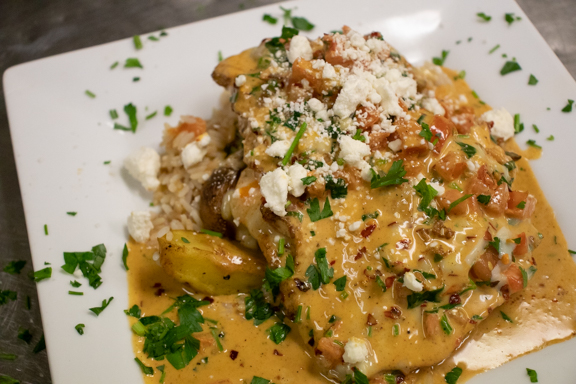
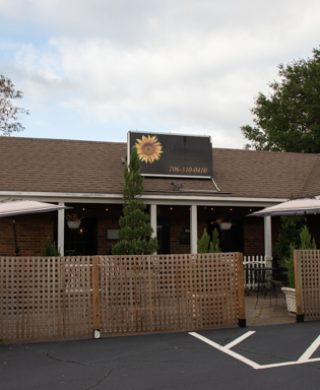
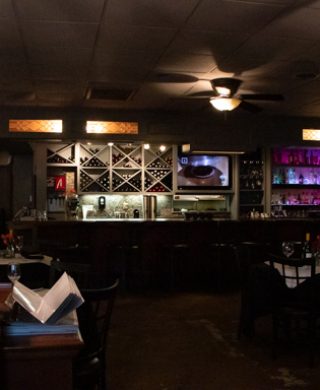
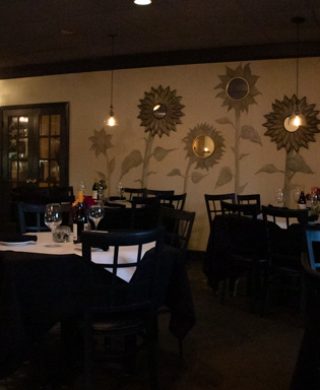
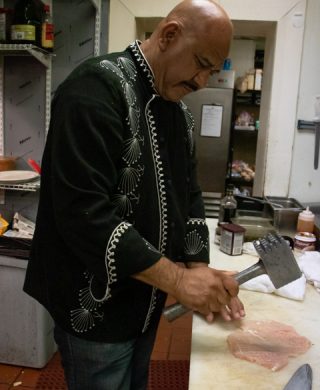
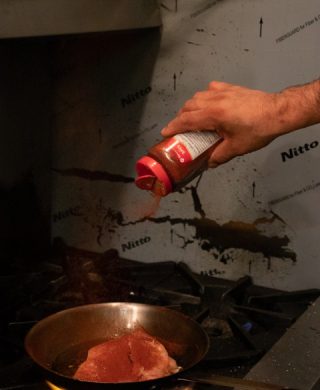
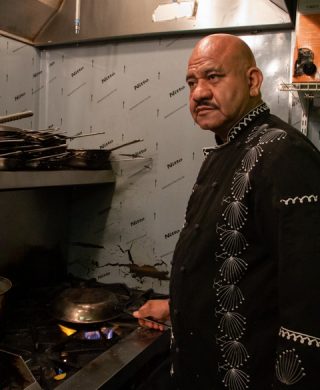






Show Comments (0)